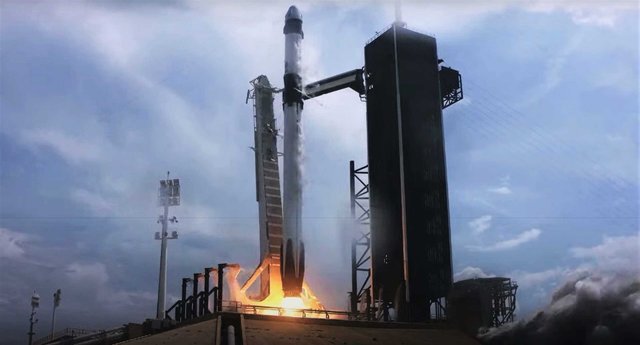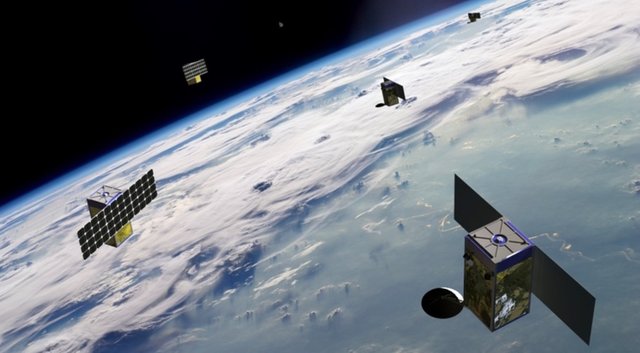The SpaceX Launch Schedule for June is INSANE!!!
SpaceX has had an amazing year so far and the last few weeks have been extraordinary. The pace of their upcoming launch schedule is accelerating at a ridiculous rate.
Currently, just within the month of June, there are four launches scheduled, the first of which was right on the heels of the historic Crew Dragon Demo 2 launch.
Here is what we have to look forward to in the next few weeks.
Sunday May 30, 2020 Crew Dragon-Demo 2 (Originally scheduled for May 27, but that launch scrubbed at T-Minus 17m:00s due to weather constraint violations).


The launch was carried out by Falcon 9 Booster B1058 which, after separating from the 2nd stage, flipped around, re-entered earth's atmosphere, and successfully landed on the Autonomous Spaceport Drone Ship (ASDS), Of Course I Still Love You. This was the first launch for this booster, as NASA has not yet approved reused boosters for human flight.
Wednesday Jun 3, 2020 Starlink V1 L7
.jfif)
.png)
The Payload was the 7th operational batch of 60 of the V1 StarLink satellites. These satellites are built and owned by SpaceX, meaning that they are their own launch customer. Once operational, the StarLink will provide high-speed, low-latency broadband Internet from orbit. When complete, the satellite constellation should contain approximately 40,000 satellites, each with an expected useful lifespan of about 5 years. At the end of their life, the satellites will automatically de-orbit themselves and burn up in atmospheric re-entry. The Falcon 9 is capable of launching 60 of these satellites at a time. This payload maxes out both the mass and volume limits of the Falcon 9. The satellites do not have any dispenser but are just stacked on top of each other. Right before deployment, the 2nd stage begins a spin maneuver. Once the satellites are released, the centripetal force caused by the spin disperses them. Over the following few weeks, the satellites use their onboard krypton ion engines to raise their altitude to their operational orbit of about 500km (310 miles).
Friday, June 12, 2020 StarLink V1 L8/SkySat
.jfif)
The SkySat satellites, built by a start-up named SkyBox, provide sub-meter resolution images of Earth, and can even provide High Definition video clips up to 90 seconds in length. The first SkySat was launched in 2013 on a Russian launch vehicle. In 2014, Google purchased SkyBox and the constellation and renamed the company Terra Bella. In 2017, they sold it to another start-up named Planet.
Wednesday, June 24, 2020 StarLink V1 L9 & BlackSky
.jfif)
The massive growth of the StarLink constellation continues at an unbelievable rate. Like StarLink Launch 8, this one is also a "Ride Share" that will include two additional satellites from Spaceflight Industries.

The BlackSky constellation will contain about 60 satellites which provide 1-meter resolution over areas of 4.4km x 6.6km very quickly. Images can be provided on-demand in as little as 90 minutes, providing very recent imagery as needed.
_Tuesday, June 30, 2020 GPSIII SV03
The GPS system is passive on the receiving end, meaning that the receivers do not need to transmit any signal for it to work. Cell phones receive their position from the satellites, then report that position through cellular, wifi, or Bluetooth radios as needed.
Currently, the GPS system can provide position data with an accuracy of about 30 cm (12 inches).
Be sure to follow me for more information on each of these and other future missions.
Further reading:
SpaceX
StarLink
Planet
Spaceflight Industries
NAVSTAR GPS
.jfif)
.jfif)